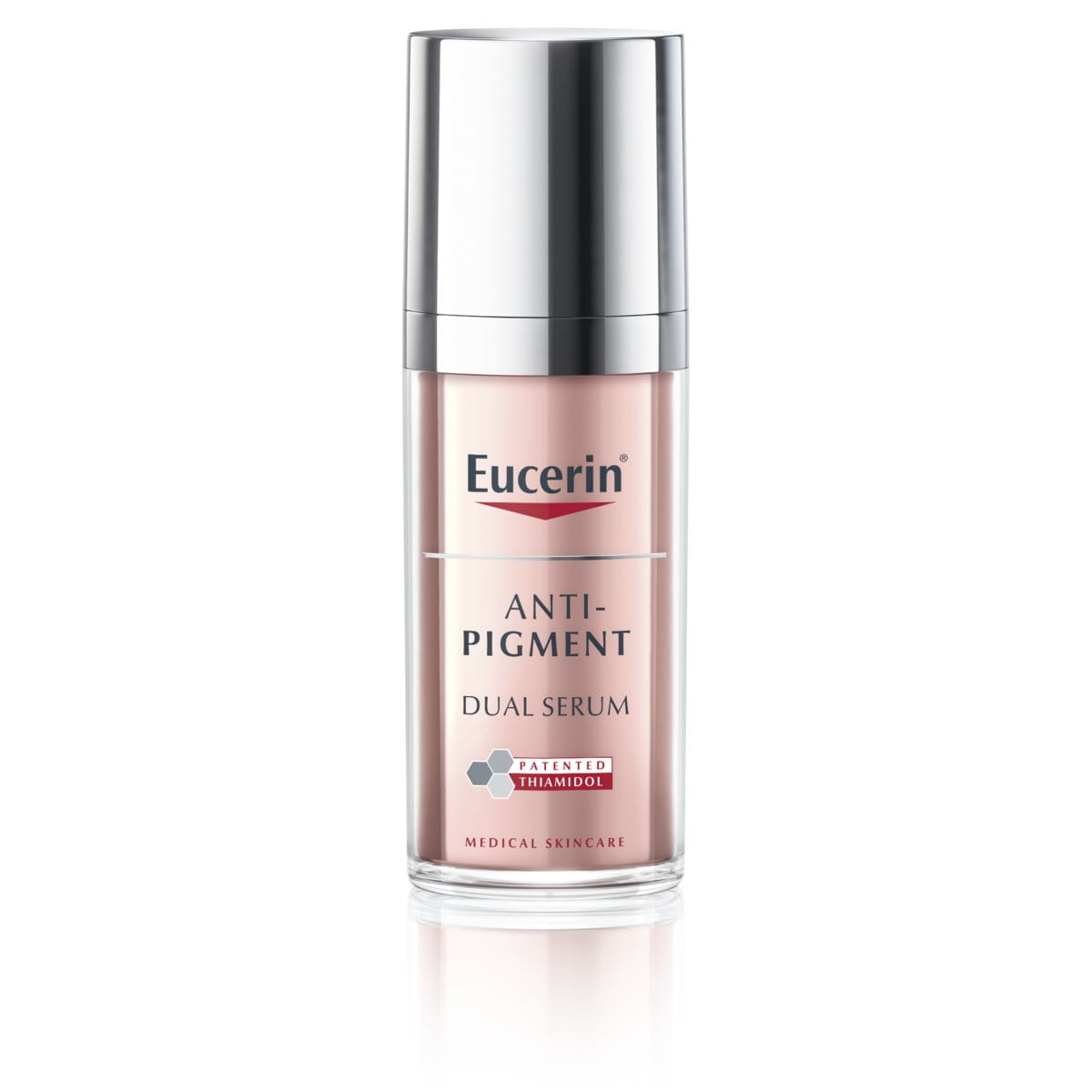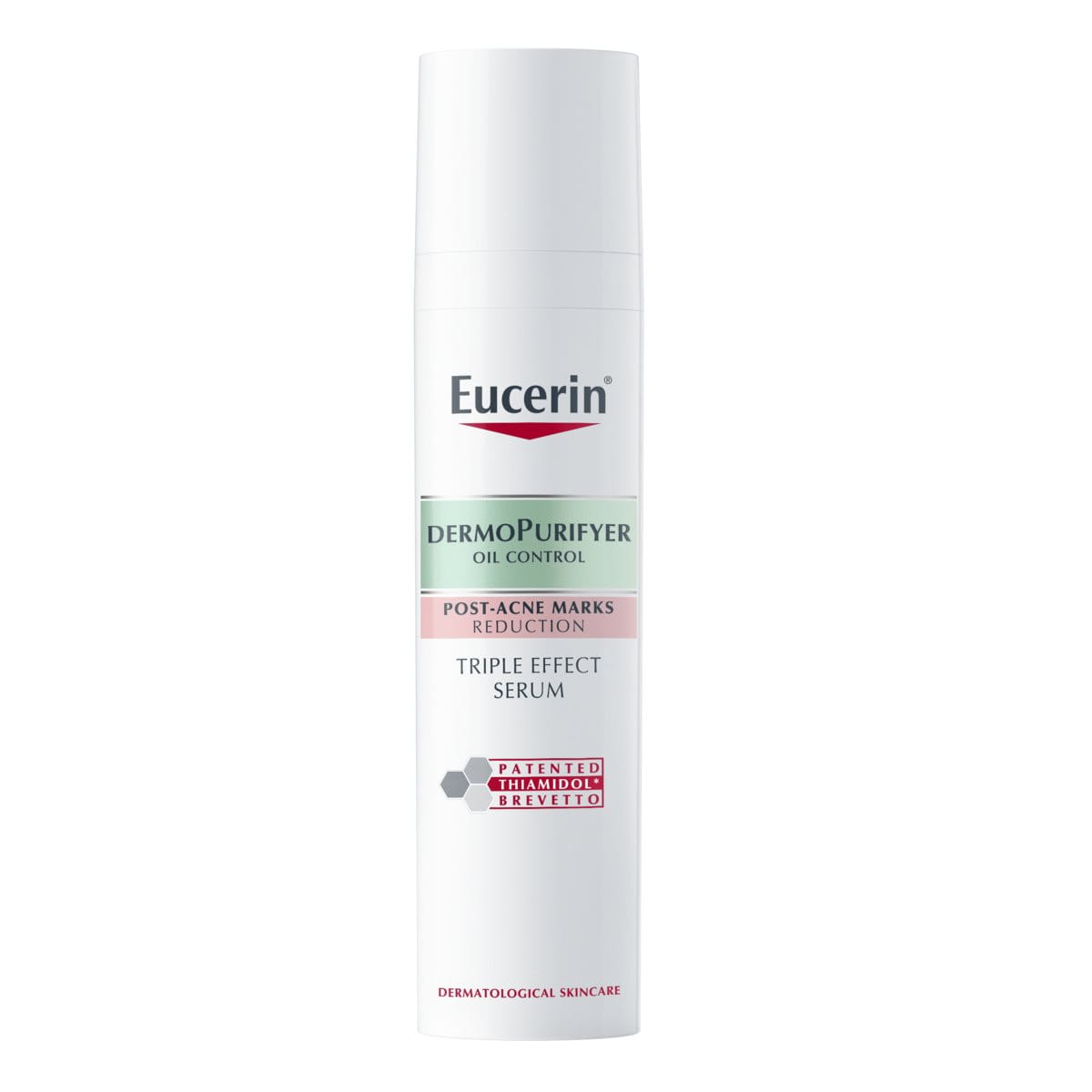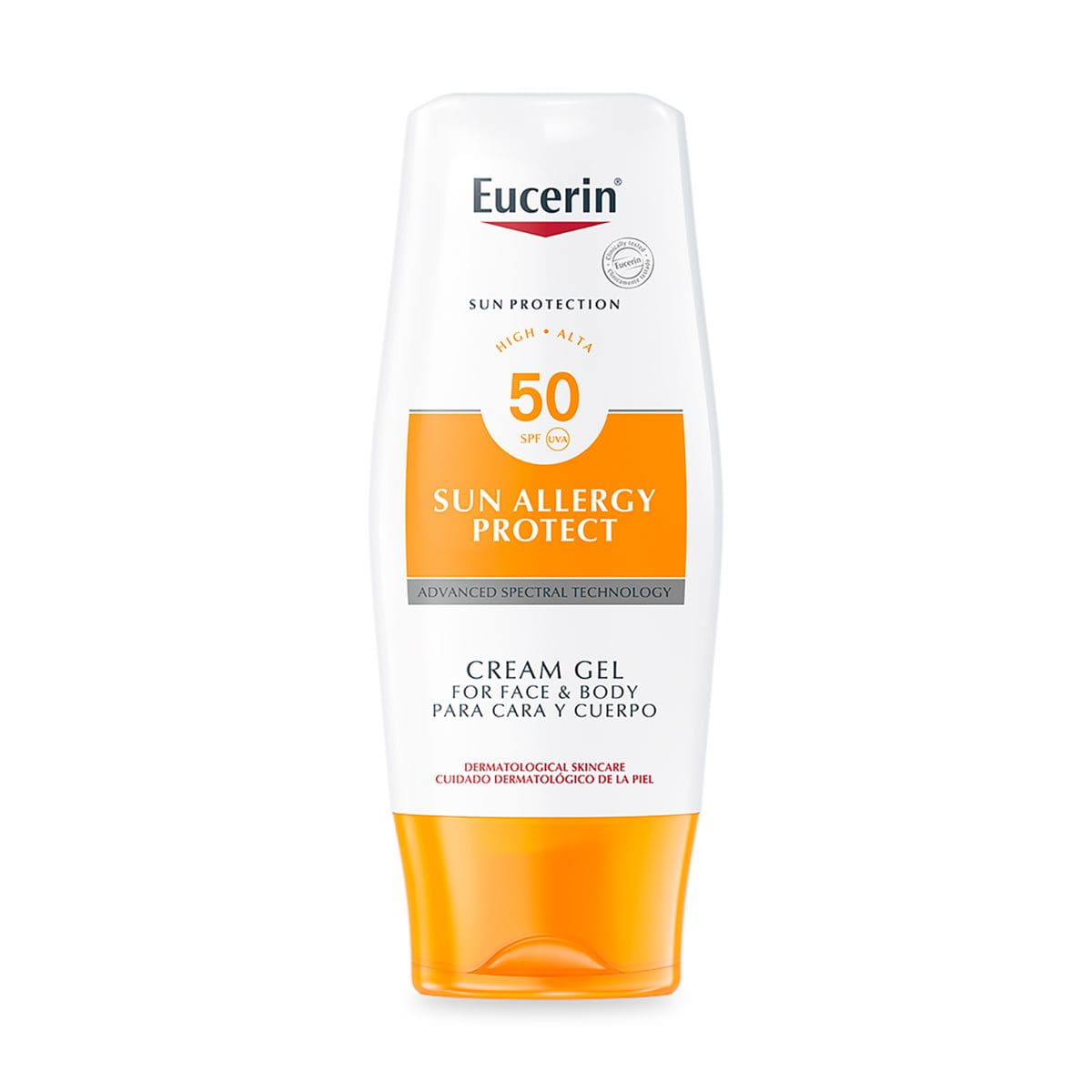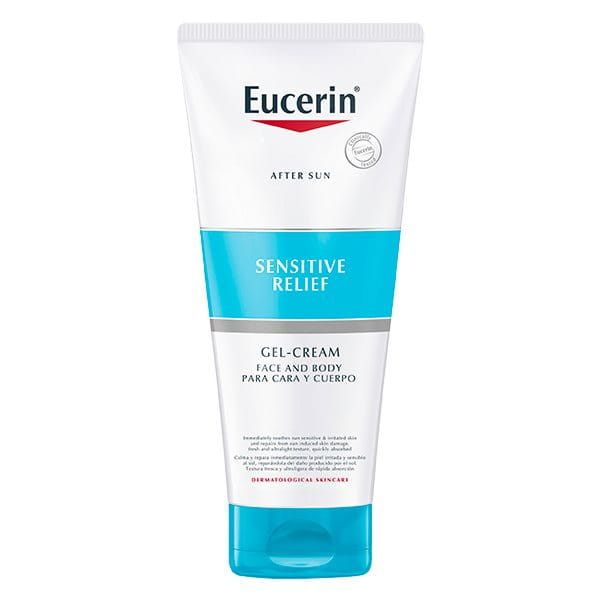Sun allergies are very common, especially among young women and people with fair skin. This article looks at the causes and symptoms of PMLE and other reactions to the sun, as well as explaining how to prevent sun allergies and protect allergy-prone skin.
Can you be allergic to the sun?
Yes - sun allergies, also known as photodermatitis, are an immune system reaction to sunlight which most often appears in the form of an itchy red rash. Sun exposure without adequate protection is harmful to our skin and can cause sunburn, but for some this exposure results in a more extreme reaction.
What is PMLE?

The most common form of sun allergy is polymorphous light eruption, also known as polymorphic light eruption (PMLE). ‘Polymorphous’ refers to the fact that the condition can appear in various forms - ‘poly’ means ‘many’, and ‘morphic’ means ‘forms’.
PMLE affects between 10-20% of the population in western countries. This sun allergy tends to be more common in the spring or early summer. Polymorphous light eruption is not infectious.
Sun allergy symptoms
PMLE symptoms range from a mild rash to small red bumps, pustules and blisters, however these blisters are different to sunburn blisters. Skin is nearly always itchy regardless of the appearance.
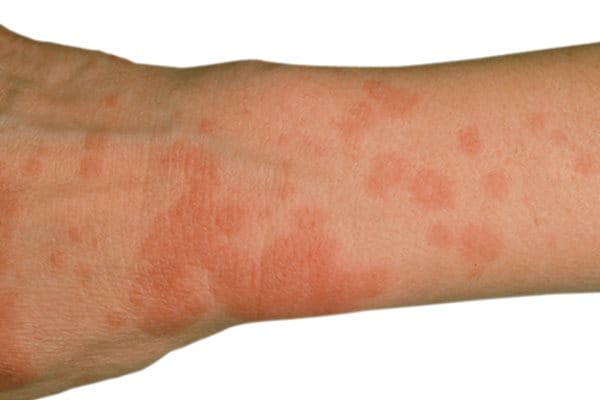
Facial skin can be affected, but this is less common.
These areas of skin are commonly covered by clothing in winter, so many polymorphous light eruption sufferers often experience symptoms each year when skin is first exposed to strong sunshine, or when visiting countries with warm climates. Repeat episodes of PMLE are less likely as the summer progresses.
In some cases just 30 minutes of sun exposure is enough to trigger PMLE, although for most people their sun allergy rash develops within hours, or up to two to three days after exposure. The rash normally clears within two weeks upon no further sun exposure, healing without scarring. Further sun exposure may result in a worsening of sun allergy symptoms.
When to see a doctor
Rashes caused by polymorphous light eruption look similar to rashes linked to other serious diseases, so you should get a prompt diagnosis.
See a doctor if your rash is painful, widespread or accompanied by a fever.
PMLE & sun allergy treatment

Whilst there is no cure or treatment to get rid of sun allergies such as polymorphous light eruption, symptoms can be prevented or reduced by careful sun protection.
- If you are suffering from PLE, the first thing to do is avoid further sun exposure. Further contact with the sun can make the sun allergy rash flare up even more
- Limit your exposure to the sun by avoiding the peak hours when it is at its most intense (between 11am-3pm).
- Wear protective clothing, and use a sun protection product that offers high or medium protection against UVA, UVB and HEV light, and that has been specially formulated for your skin type and condition.
How to care for skin prone to sun allergies
Sunscreen should be applied generously prior to sun exposure, and should be reapplied frequently to ensure your skin’s protection, especially after swimming, perspiring or towelling.
You can read more about how to minimise the risks of exposure, how to choose the right sun protection products for your skin and how best to apply them in Which SPF is right for me and How much sunscreen should I use?.
Eucerin Sun Creme-Gel Sun Allergy Protect SPF 50 is a light, non-sticky sunscreen that has been specially formulated for skin prone to PMLE and sun allergies.
Eucerin’s Advanced Spectral Technology combines broadband and photostable UVA/UVB filters with Licochalcone A to neutralise free radicals caused by UV and HEV light. The formula also contains Alpha-Glucosylrutin which helps to prevent sun-induced allergies and is unperfumed to minimise the risk of skin irritation. It can be used on both your face and body.
If you have spent to long in the sun, Eucerin Sensitive Relief After Sun Cream Gel soothes and supports the regeneration of sun-stressed skin, as well as relieving sunburn. Unperfumed, to minimise the risk of skin irritation, it is clinically and dermatologically proven to be suitable for sensitive skin, as well as skin prone to sun allergies. You can learn more about how you can prevent and treat sunburn, so that you can minimise the effects of sun allergies such as PMLE.
For severe PMLE, a dermatologist may recommend a topical steroid cream or a course of prophylactic light therapy. This treatment gradually exposes skin to UV rays in order to build up a tolerance of sunlight.
Those with milder PMLE often find that the condition gradually improves as the skin becomes more resistant to sunlight, and over time it may even disappear completely.
Severe or persistent rashes may require treatment with medication.
What causes sun allergies and PMLE?
Direct sun exposure triggers sun allergies and PMLE due to its UV light component. Similarly, symptoms can also be triggered by indirect light exposure such as that from sitting by a window or from wearing thin clothing outdoors.
Exactly how these triggers cause PMLE is not fully known but research suggests that it may be due to an inherited genetic disposition, so it can run in families. Around one in five people with PMLE have an affected relative.
When people have the underlying condition, their immune system identifies areas of skin altered by the sun and reacts against this, causing a rash.

- UV light rays – especially long wavelength UVA rays (which trigger PLE in 80% of people affected) – penetrate deeply into the skin where they can damage cells.
- UV-induced free radicals form highly reactive chemical compounds which cause oxidative stress, resulting in cell damage.
- People with PLE have an impaired cellular defence which reduces their skin’s ability to handle these free radicals.
- On exposure to the sun their skin responds by over activating its immune function, resulting in red and inflamed skin.
Some medications such as antibiotics and antihistamines are also known to cause skin sensitivity which can exacerbate symptoms in sun allergy sufferers. If you are concerned that your medication may be influencing your PLE, seek advice from your doctor or other relevant medical professional.
Our brand values

We deliver a holistic dermo-cosmetic approach to protect your skin, keep it healthy and radiant.

We work together with leading dermatologist and pharmacist partners around the world to create innovative and effective skincare products they can trust and recommend.

For over 100 years, we have dedicated ourselves to researching and innovating in the field of skin science. We believe in creating active ingredients and soothing formulas with high tolerability that work to help you live your life better each day.
